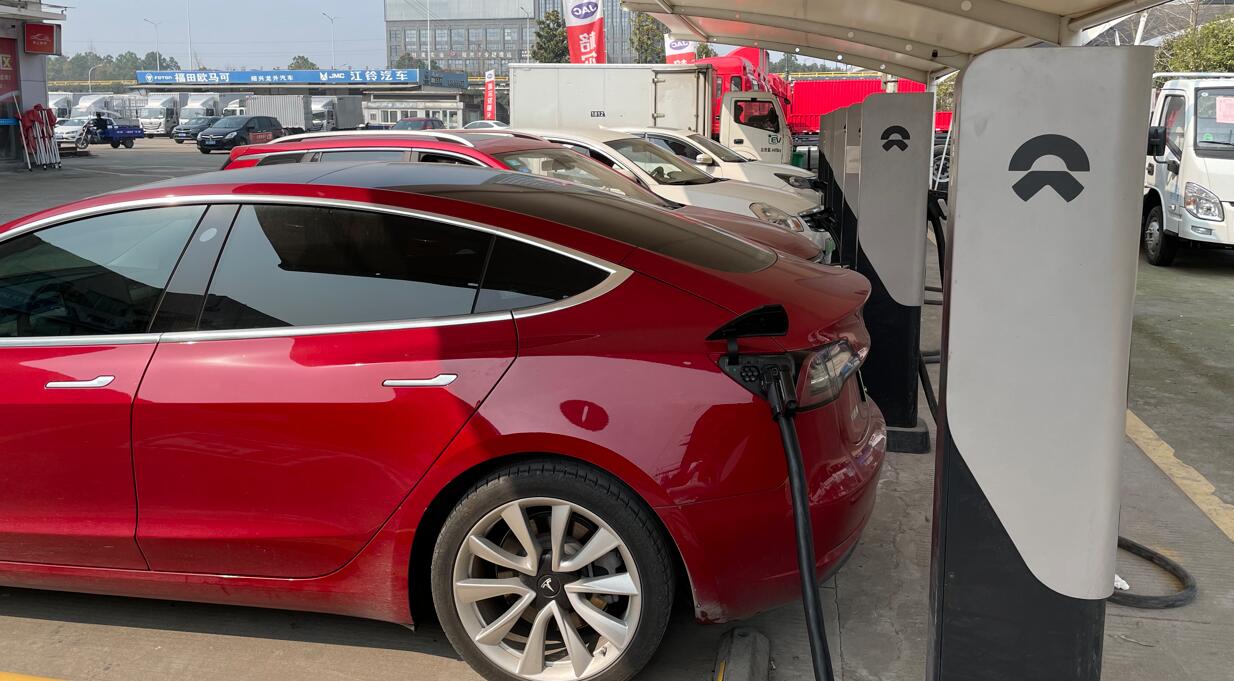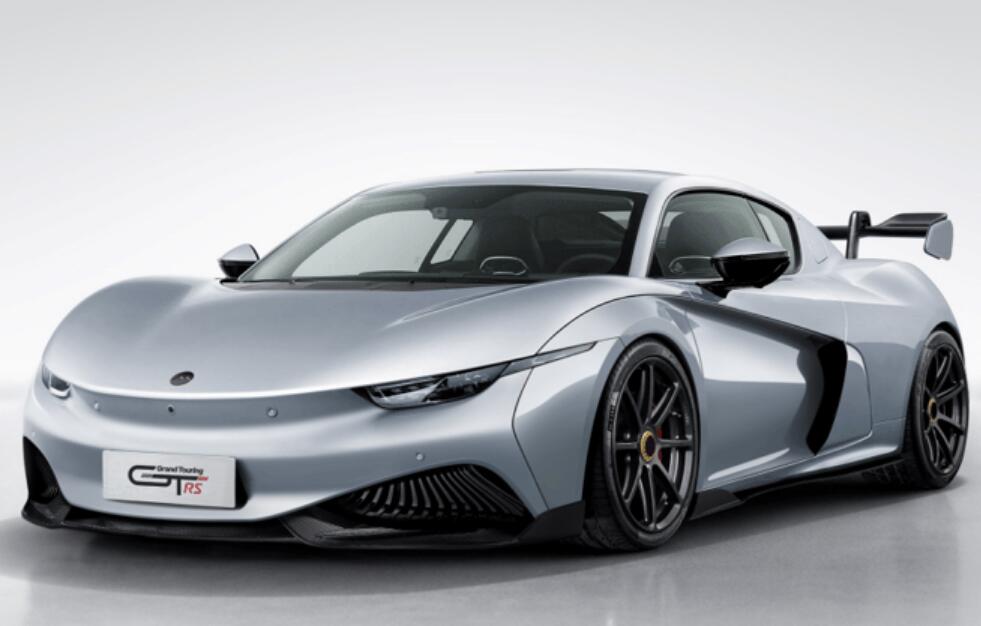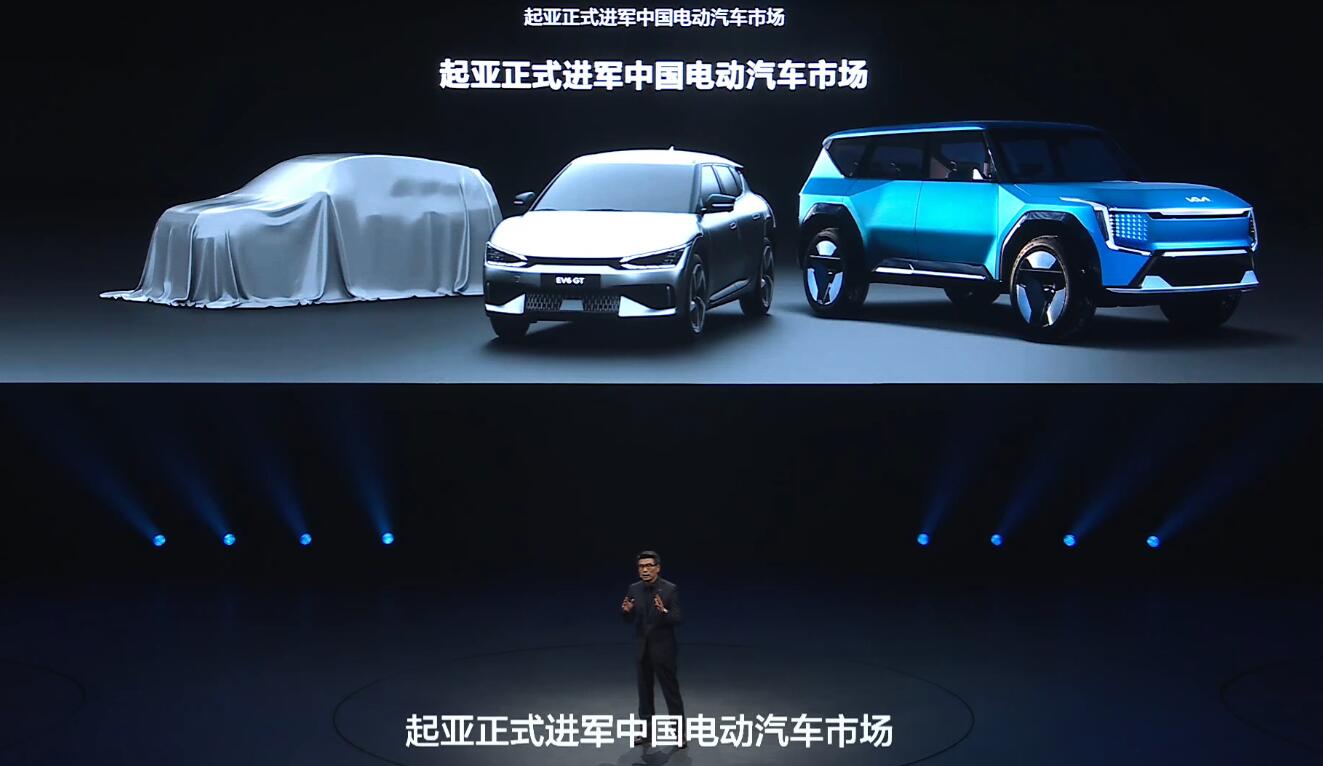Smart has released a set of spy photos of the Smart #3 on Weibo, with text suggesting that the model will have sporty features.

(Image credit: Smart)
Smart Automobile, the joint venture between Geely and Mercedes-Benz, is starting to warm up for its second model, which may not be far from being unveiled.
Smart China posted a set of spy photos of the Smart #3 on Weibo yesterday, with text suggesting that the model will have sporty features.

Smart didn't mention any other information, but some local media reports say the Smart #3 is expected to be unveiled at next month's Shanghai auto show and will go on sale in China by the end of the year.
The model entered a catalog published by the Chinese Ministry of Industry and Information Technology in November 2022, showing it as a small SUV with a length, width and height of 4,400/4,542 mm, 1,844 mm and 1,556 mm, respectively, and a wheelbase of 2,785 mm.
For reference, the Smart #1, the first production model after the electrification of the Smart brand, measures 4,270 mm in length, 1,822 mm in width and 1,636 mm in height, and has a wheelbase of 2,750 mm.
This means that the Smart #3 will be longer and wider than the Smart #1, but lower.

The Smart #3 has a peak motor power of 200 kW in the single-motor version and 115 kW and 200 kW in the dual-motor version for the front and rear motors, respectively.
The vehicle has a top speed of 180 km/h. It will be powered by ternary lithium batteries, and suppliers include CALB and Sunwoda, its regulatory information shows.

The Smart #1 went on sale in China on April 25, 2022, and deliveries started on September 24.
The model was designed by Mercedes-Benz, with the Smart R&D team leading engineering development, and is based on Geely's SEA (Sustainable Experience Architecture) architecture.
The Smart #1 is currently priced in China in the range of RMB 179,000 ($26,030) - RMB 24,5000.
Smart delivered 3,616 vehicles in February and a total of 15,998 vehicles since last September, according to data monitored by CnEVPost.

($1 = RMB 6.8760)
The post Smart teases Smart #3, releases official 'spy shots' appeared first on CnEVPost.
For more articles, please visit CnEVPost.

















